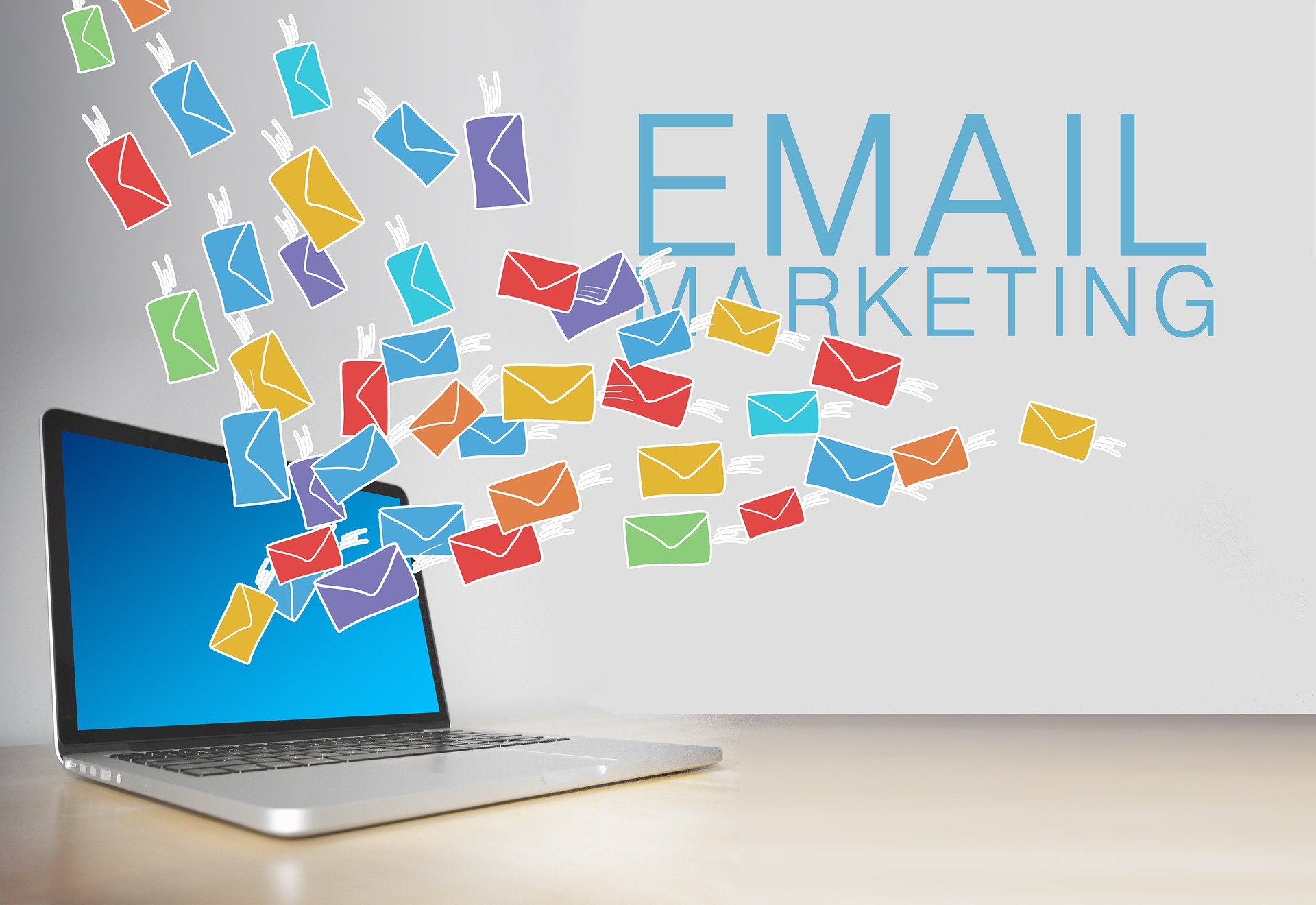Crafting Successful Email Campaigns for Small Enterprises
Email marketing is a powerful tool for small businesses, offering a cost-effective and efficient way to reach and engage with customers. By implementing effective email marketing strategies, small businesses can increase brand awareness, customer engagement, and sales. This is particularly important in today’s digital age, where consumers are constantly bombarded with marketing messages and have short attention spans.
One of the key benefits of email marketing for small businesses is the ability to create targeted and personalized campaigns. By tailoring email content to specific customer segments, small businesses can increase the relevance and value of their messages, leading to higher open rates and conversions. This is in contrast to mass marketing tactics, which can be impersonal and irrelevant, leading to low engagement and high unsubscribe rates.
In addition to targeted and personalized campaigns, small businesses should also focus on creating mobile-friendly email designs and compelling subject lines. With the majority of emails now being opened on mobile devices, it’s essential that email content is optimized for small screens and easy navigation. Compelling subject lines, on the other hand, can help to grab the attention of busy customers and increase open rates.
Overall, email marketing offers a wealth of opportunities for small businesses to connect with their customers and drive growth. By following best practices and implementing effective strategies, small businesses can harness the power of email marketing to achieve their business goals and succeed in today’s competitive marketplace.
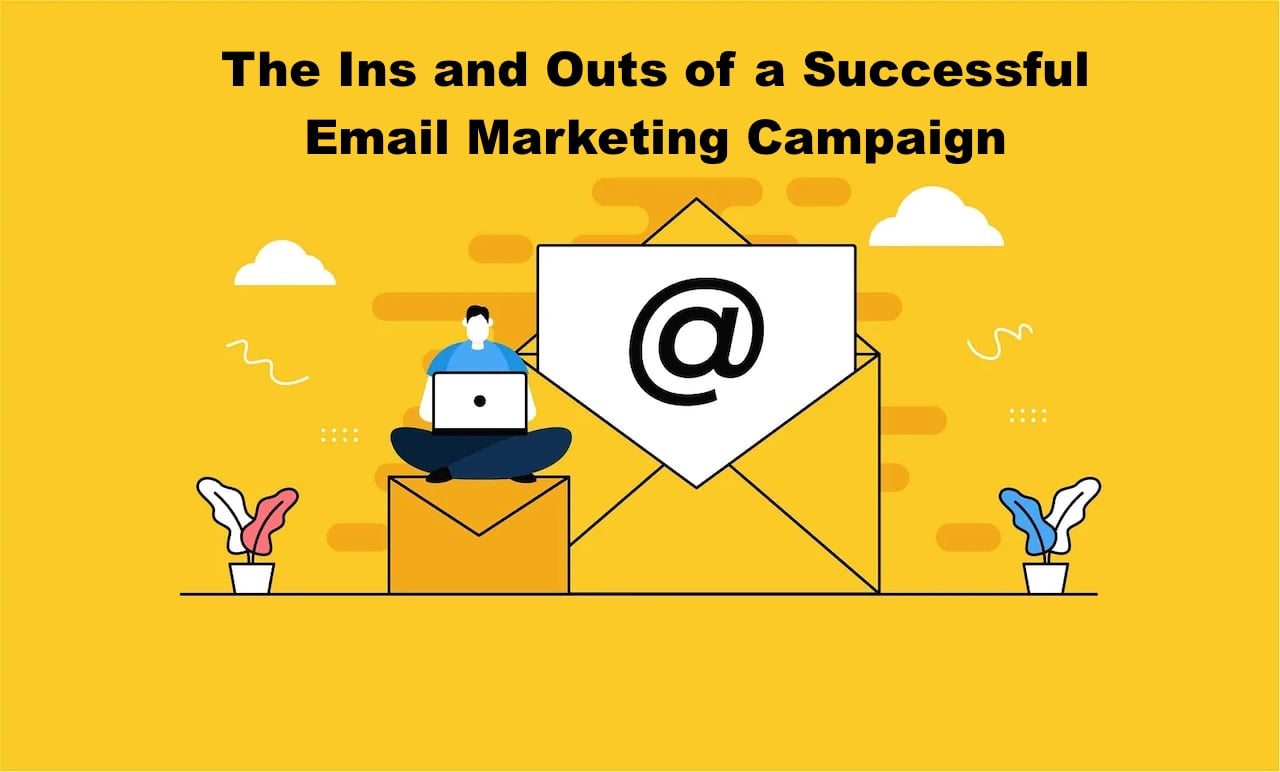
Building an Email List: Best Practices for Small Businesses
Email marketing is a powerful tool for small businesses, offering a cost-effective and efficient way to reach and engage with customers. However, the success of email marketing campaigns depends largely on the size and quality of a business’s email list. By following best practices for building an email list, small businesses can increase their reach, engagement, and sales through email marketing.
One of the most important principles of email list building is organic growth and permission-based marketing. This means that businesses should avoid purchasing email lists or adding customers to their list without their explicit consent. Instead, they should focus on capturing email addresses from customers who have shown an interest in their products or services and have given their permission to be contacted.
There are several methods for capturing email addresses, such as website sign-ups, lead magnets, and in-person events. Website sign-ups can be implemented through opt-in forms or pop-ups that encourage visitors to subscribe to a newsletter or email list. Lead magnets, such as ebooks, webinars, or free trials, can also be effective in capturing email addresses from potential customers who are interested in learning more about a business’s products or services.
In-person events, such as trade shows, conferences, or networking events, can also provide opportunities for small businesses to capture email addresses. By offering a sign-up sheet or using a mobile app to collect email addresses, businesses can build their list and connect with potential customers in a more personal and engaging way.
In addition to these methods, social media and content marketing can also play a role in email list building. By promoting their email list and lead magnets on social media, small businesses can reach a wider audience and attract more subscribers. Content marketing, such as blog posts, videos, or podcasts, can also be used to provide value and build trust with potential customers, encouraging them to subscribe to a business’s email list.
Overall, building an email list is a crucial aspect of email marketing for small businesses. By following best practices and focusing on organic growth and permission-based marketing, small businesses can build a high-quality email list that will help them to increase their brand awareness, customer engagement, and sales.

Segmenting Your Email List: Maximizing Relevance and Engagement
Email marketing is a powerful tool for small businesses, offering a cost-effective and efficient way to reach and engage with customers. However, to maximize the impact of email marketing campaigns, it’s essential to go beyond mass emails and implement targeted and personalized strategies. One of the most effective ways to do this is through email list segmentation.
Email list segmentation involves dividing an email list into smaller groups based on specific criteria, such as demographics, interests, and past behavior. By segmenting their email list, small businesses can create more targeted and relevant campaigns that speak directly to the needs, interests, and pain points of their customers. This, in turn, can lead to increased open rates, click-through rates, and conversions.
There are several examples of segmentation criteria that small businesses can use to divide their email list. Demographics, such as age, gender, and location, can be used to tailor campaigns to specific customer segments. Interests, such as hobbies, preferences, and values, can be used to create more personalized and relevant content. Past behavior, such as purchase history, engagement history, and website activity, can be used to predict future behavior and create more timely and targeted campaigns.
Segmentation can also be used to create more targeted and relevant subject lines, preheaders, and calls-to-action. By using language and visuals that resonate with specific customer segments, small businesses can increase the likelihood of their emails being opened, read, and acted upon. For example, a small business that sells outdoor gear could segment its email list based on customers’ interests in hiking, camping, or fishing, and create subject lines and calls-to-action that reflect those interests.
Overall, email list segmentation is a powerful tool for small businesses looking to maximize the relevance and engagement of their email marketing campaigns. By dividing their email list into smaller groups based on specific criteria, small businesses can create more targeted and relevant campaigns that speak directly to the needs, interests, and pain points of their customers. This, in turn, can lead to increased open rates, click-through rates, and conversions, ultimately driving business growth and success.

Designing Engaging Email Content: Tips and Tricks
Email marketing is a powerful tool for small businesses, offering a direct line of communication to customers and the ability to drive sales and engagement. However, to truly maximize the potential of email marketing, it’s essential to create engaging and compelling content that resonates with subscribers. Here are some tips and tricks for designing effective email content for small businesses.
First and foremost, it’s important to keep messaging clear and concise. With limited attention spans and a constant barrage of emails, subscribers are unlikely to engage with lengthy or convoluted content. Instead, focus on delivering a single, impactful message that speaks directly to the needs and interests of your target audience. Use simple and straightforward language, and avoid jargon or technical terms that may confuse or alienate subscribers.
In addition to clear messaging, compelling visuals can also help to engage subscribers and break up text. Use high-quality images, graphics, and videos to illustrate your message and create a visually appealing email. However, be mindful of file sizes and loading times, as slow-loading emails can lead to frustration and decreased engagement.
Another key element of engaging email content is a strong call-to-action (CTA). Whether you’re encouraging subscribers to make a purchase, sign up for a newsletter, or learn more about your business, a clear and compelling CTA is essential for driving action. Use action-oriented language, such as “Shop Now” or “Learn More,” and make sure your CTA stands out visually from the rest of the email content.
Beyond clear messaging, compelling visuals, and a strong CTA, storytelling and emotional connection can also help to engage subscribers and build brand loyalty. Share the story of your business, highlight customer success stories, or showcase your company values and mission. By creating an emotional connection with subscribers, you can increase engagement and build a loyal customer base.
Finally, it’s important to remember that email marketing is just one piece of the larger marketing puzzle. To truly maximize the impact of your email campaigns, it’s essential to integrate them with other channels, such as social media, content marketing, and search engine optimization. By creating a seamless and cohesive customer experience across all touchpoints, you can increase engagement, build brand loyalty, and drive sales and growth for your small business.
In conclusion, designing engaging email content is a crucial element of successful email marketing for small businesses. By focusing on clear messaging, compelling visuals, a strong call-to-action, storytelling and emotional connection, and integration with other channels, small businesses can create effective email campaigns that drive engagement, build brand loyalty, and ultimately, drive sales and growth.
Optimizing Email Deliverability: Ensuring Your Emails Reach Inboxes
Email marketing is a powerful tool for small businesses, offering a direct line of communication to customers and the ability to drive sales and engagement. However, to truly maximize the potential of email marketing, it’s essential to ensure that your emails actually reach your subscribers’ inboxes. Here are some tips for optimizing email deliverability and ensuring that your emails are seen by the right people.
One of the most important factors impacting email deliverability is sender reputation. This refers to the reputation of the email address or domain that the email is being sent from. To maintain a positive sender reputation, it’s essential to regularly clean and verify email lists, removing any invalid or inactive email addresses. Additionally, using double opt-in confirmation can help to ensure that subscribers are engaged and interested in receiving your emails, further improving your sender reputation.
List quality is another key factor in email deliverability. This includes not only the accuracy and validity of email addresses, but also the engagement and behavior of subscribers. By regularly segmenting and cleaning your email list, you can ensure that you’re only sending emails to engaged and interested subscribers, improving your overall list quality and deliverability.
Content relevance is also crucial for email deliverability. By creating targeted and personalized content that speaks directly to the needs and interests of your subscribers, you can improve engagement and reduce the risk of your emails being marked as spam. Additionally, avoiding spammy language and design elements, such as excessive use of exclamation points or all-caps, can help to improve deliverability and ensure that your emails are seen by the right people.
In addition to these tips, there are also a number of technical factors that can impact email deliverability. These include things like SPF and DKIM records, which help to authenticate your emails and prevent them from being marked as spam. By working with a reputable email service provider and following best practices for email deliverability, small businesses can ensure that their emails reach the inboxes of their subscribers and drive engagement and sales.
In conclusion, optimizing email deliverability is a crucial element of successful email marketing for small businesses. By focusing on factors like sender reputation, list quality, content relevance, and technical authentication, small businesses can ensure that their emails reach the inboxes of their subscribers and drive engagement and sales. By following best practices for email deliverability, small businesses can maximize the potential of their email marketing campaigns and achieve their business goals.
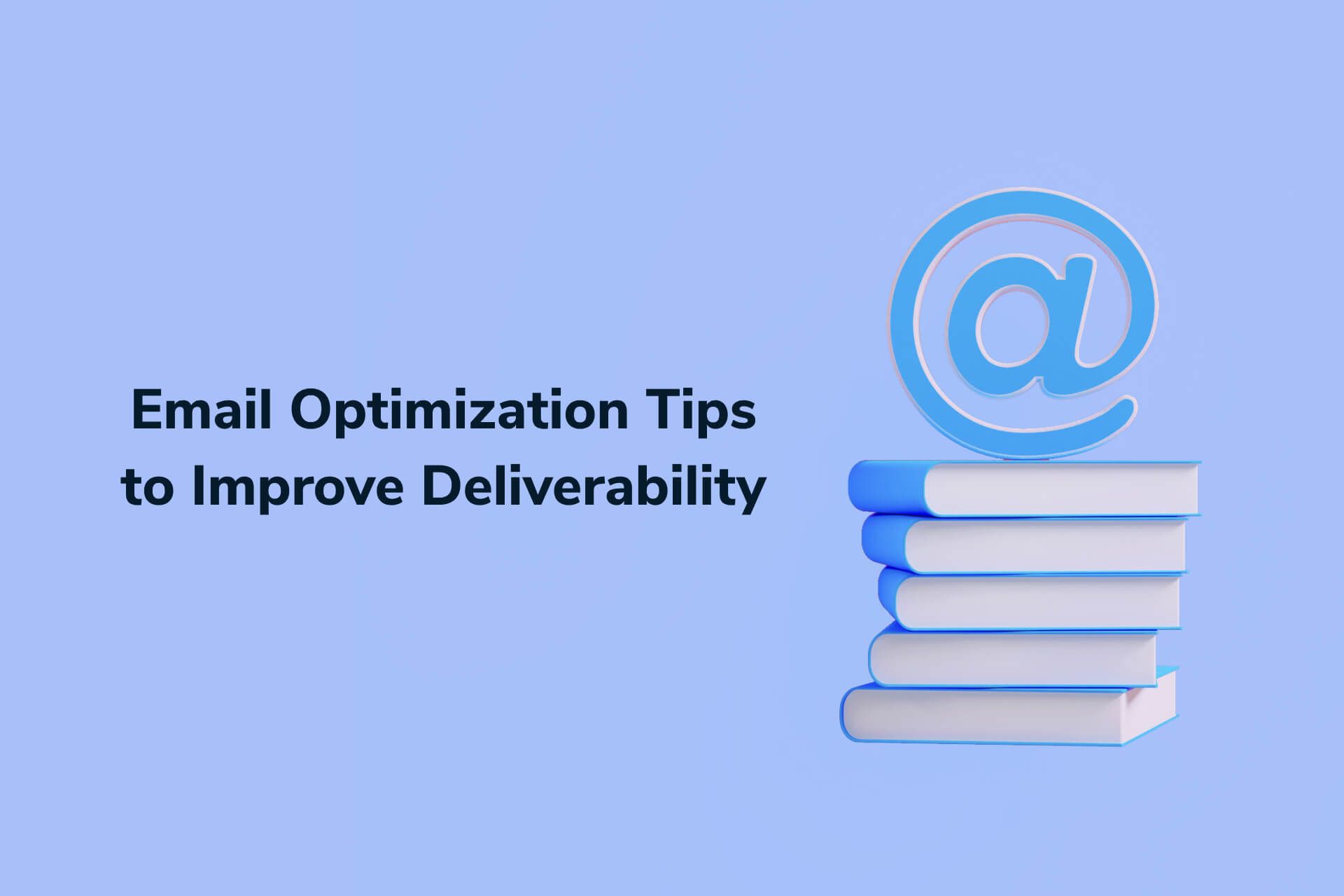
Measuring Email Marketing Success: Key Metrics and Analytics
As with any marketing strategy, measuring the success of your email marketing campaigns is crucial for understanding what’s working and what’s not. By tracking key metrics and analytics, small businesses can gain valuable insights into the effectiveness of their email marketing efforts and make data-driven decisions to optimize their campaigns. Here are some of the most important metrics to consider when measuring email marketing success, as well as some tips for interpreting and acting on this data.
Open rates are one of the most commonly used metrics for measuring email marketing success. This measures the percentage of subscribers who opened a particular email, and can provide insight into the effectiveness of your subject lines and the overall appeal of your email content. However, it’s important to note that open rates can be impacted by a variety of factors, including the time of day the email was sent and the subscriber’s email client. As such, it’s important to use open rates in conjunction with other metrics to get a complete picture of email marketing success.
Click-through rates (CTRs) are another important metric for email marketing success. This measures the percentage of subscribers who clicked on a link within the email, and can provide insight into the effectiveness of your call-to-action and the overall engagement of your subscribers. By tracking CTRs over time, small businesses can identify trends and patterns in subscriber behavior, and make data-driven decisions to optimize their email content and calls-to-action.
Conversions are the ultimate goal of most email marketing campaigns, and are a critical metric for measuring email marketing success. This measures the percentage of subscribers who took a desired action after clicking through from an email, such as making a purchase or filling out a lead generation form. By tracking conversions, small businesses can directly measure the ROI of their email marketing efforts and make data-driven decisions to optimize their campaigns for maximum impact.
In addition to these key metrics, there are also a number of other factors that can impact email marketing success. These include things like list quality, content relevance, and sender reputation, all of which can impact the deliverability and engagement of your emails. By regularly monitoring and optimizing these factors, small businesses can ensure that their email marketing campaigns are successful and drive real results for their business.
In conclusion, measuring email marketing success is crucial for small businesses looking to optimize their campaigns and drive real results. By tracking key metrics like open rates, click-through rates, and conversions, small businesses can gain valuable insights into the effectiveness of their email marketing efforts and make data-driven decisions to optimize their campaigns. By focusing on factors like list quality, content relevance, and sender reputation, small businesses can ensure that their emails reach the inboxes of their subscribers and drive engagement and sales. By following best practices for email marketing success, small businesses can achieve their business goals and maximize the potential of their email marketing campaigns.
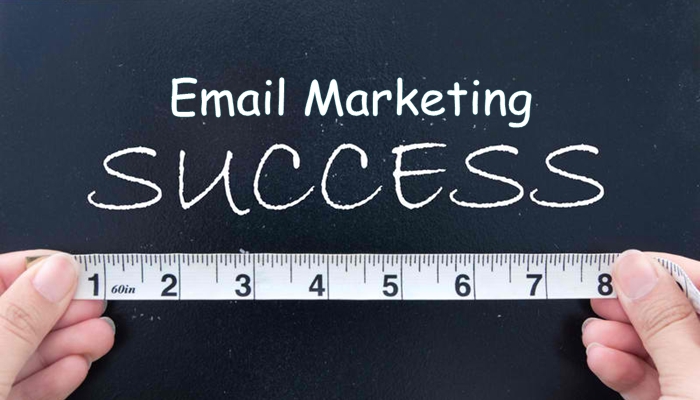
Integrating Email Marketing with Other Channels: A Holistic Approach
In today’s digital landscape, small businesses must adopt a holistic approach to marketing by integrating various channels to create a seamless customer experience. Email marketing, when combined with other channels such as social media, content marketing, and search engine optimization (SEO), can significantly enhance a small business’s marketing efforts. This integration not only increases brand visibility and awareness but also fosters customer engagement and loyalty.
One effective way to integrate email marketing with other channels is through social media. By promoting email sign-ups on social media platforms, small businesses can grow their email lists organically. Additionally, sharing email content on social media can increase engagement and reach. For instance, if a small business sends out a newsletter with exclusive discounts or promotions, sharing snippets of this content on social media can entice followers to sign up for the email list and take advantage of the offer.
Content marketing is another channel that can be effectively integrated with email marketing. By creating valuable and informative content, small businesses can establish themselves as thought leaders in their industry. Sharing this content via email can increase engagement and build trust with subscribers. Moreover, email marketing can be used to promote new blog posts, e-books, or webinars, driving traffic to the small business’s website and increasing lead generation.
Search engine optimization (SEO) is also a crucial channel to consider when integrating email marketing. By optimizing email content for search engines, small businesses can increase their online visibility and reach a wider audience. This can be achieved by including relevant keywords in email content, optimizing subject lines for search, and using SEO to promote email sign-ups on the small business’s website.
Automation and personalization also play a significant role in integrating email marketing with other channels. By using marketing automation tools, small businesses can create personalized and targeted email campaigns based on customer behavior and preferences. For instance, if a subscriber has shown interest in a particular product or service, the small business can send automated emails with relevant content and offers, increasing the likelihood of conversion.
One example of a successful cross-channel campaign is from the small business Warby Parker, an eyewear company. Warby Parker integrated email marketing with social media by creating a “Warby Parker Class Trip” campaign on Instagram. The campaign encouraged followers to share photos of themselves wearing Warby Parker glasses using a specific hashtag. For every photo shared, Warby Parker donated a pair of glasses to someone in need. The campaign not only increased brand awareness and engagement on social media but also drove traffic to Warby Parker’s website and email list sign-ups.
In conclusion, integrating email marketing with other channels is a crucial aspect of a small business’s marketing strategy. By taking a holistic approach and combining email marketing with social media, content marketing, and SEO, small businesses can increase brand visibility, engagement, and conversion rates. Automation and personalization tools can also help create targeted and relevant email campaigns, enhancing the customer experience and building trust and loyalty.
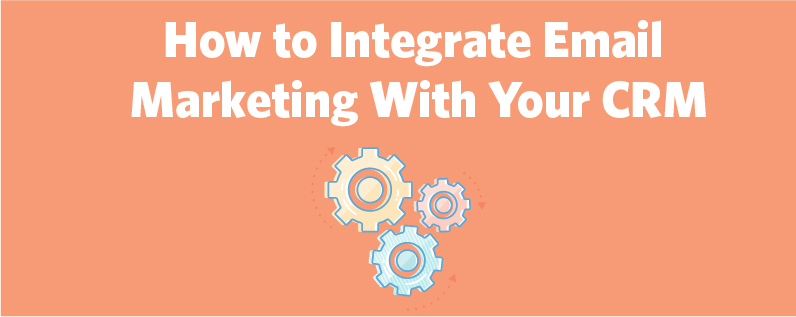
Staying Up-to-Date with Email Marketing Trends: Future-Proofing Your Strategy
In the ever-evolving digital landscape, staying current with email marketing trends is crucial for small businesses to maintain a competitive edge. By incorporating innovative concepts and adapting to emerging technologies, businesses can provide value and usefulness to their subscribers, ultimately driving growth and success.
One notable trend in email marketing is the rise of interactive and visual content. Interactive emails, such as quizzes, surveys, and games, engage subscribers and encourage them to spend more time interacting with your brand. Visual content, like GIFs and videos, can also enhance the email experience by making it more dynamic and visually appealing. By incorporating these elements, small businesses can create memorable and engaging email campaigns that stand out in a crowded inbox.
Another important consideration for small businesses is accessibility and inclusivity. Ensuring that emails are accessible to all subscribers, including those with disabilities, is not only a best practice but also a legal requirement in many jurisdictions. Simple steps, such as using descriptive alt text for images and ensuring sufficient color contrast, can significantly improve the accessibility of your emails. Additionally, using gender-neutral language and being mindful of cultural sensitivities can help create a more inclusive and welcoming email experience for all subscribers.
Emerging technologies, such as artificial intelligence (AI) and machine learning, also have the potential to impact email marketing in the future. AI-powered tools can help small businesses automate and optimize their email campaigns, from personalizing subject lines to segmenting email lists based on subscriber behavior. By staying up-to-date with these trends and exploring new technologies, small businesses can future-proof their email marketing strategies and stay ahead of the competition.
To stay current with email marketing trends, small businesses can follow industry leaders and influencers on social media, attend webinars and conferences, and subscribe to industry publications. By continuously learning and adapting, businesses can ensure that their email marketing strategies remain relevant and effective, driving growth and success in the long term.
